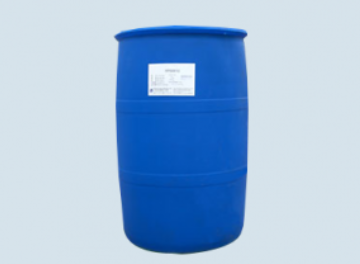Alkylglycosides are alkylglycosides synthesized from glucose and fatty alcohol. They are widely used in real life. There may also be many friends who don't know it very well. Here we will give you a detailed introduction of its performance characteristics.

1, alkyl glucoside APG has good foaming property, rich foam and fine, low surface tension and good detergency.
2. It has good solubility, strong alkali resistance and electrolyte, and good thickening ability.
3. The compatibility of APG with skin is good, and the mild of the formula is improved significantly, and it is non-toxic, non-toxic, non irritating and easy to biodegradation.
4. It has good compatibility performance and can be used in synergistic effect with various ionic and non-ionic surfactants.
Surfactant has a long history in textile industry. In all processes of fiber production, surfactants or surfactants are used as main additives. It can be divided into three categories: textile oil agent, dyeing assistant and finishing agent.
In the textile industry, textile oil is often used to adjust the processing adaptability of fibers. The function is to adjust the friction between fiber and fiber or between fiber and mechanical part, so as to improve the processing adaptability of fiber, so that the production can be smoothly carried out. The amount of surfactant in textile oil is generally 5% to 20% of the oil content.
Dyeing is usually done in water medium. Dyeing process is the process of dye transfer from dye solution to fiber surface and internal. This process involves solid liquid, gas liquid and gas solid interface. Therefore, to make the fabric dye evenly and obtain a strong color, dyeing aids must be used. Dyeing aids include penetrant, dispersant, leveler, etc., which are necessary additives in dyeing process,
The ingredients of these additives must contain surfactants. The surfactant changes the affinity between dye and fiber, and changes the dyeing property and dyeing speed, so as to change the dyeing effect. It can also be used to control the fast dyeing of fibers by inhibiting dyes, thus playing a role of levelling.
In fiber finishing, waterproof finishing, oil-proof finishing, soft finishing and antistatic finishing are all related to the surface modification of fibers. Although the surface molecules of fiber can be modified directly by various chemical reactions, in most cases, the surface of the fiber is treated by using the properties of surfactants.
In recent years, the use of alkylglycoside as textile auxiliaries is increasing, and the scope of use is also widening. For example, if the silk fiber is refined and removed from the silk protein, it will damage the strength, luster and softness of the silk fiber. Adding alkylglycoside to the refining agents of silk fiber, such as soap, alkaline salt and alkaline protease, has a significant effect on preventing over refining, and the finished silk products obtained are soft and have good luster. Alkylglycosides can also be used in cotton treatment to improve the shrinkage resistance. The dry and wet shrinkage prevention rate of cotton treated with alkylglycoside was increased by more than half.